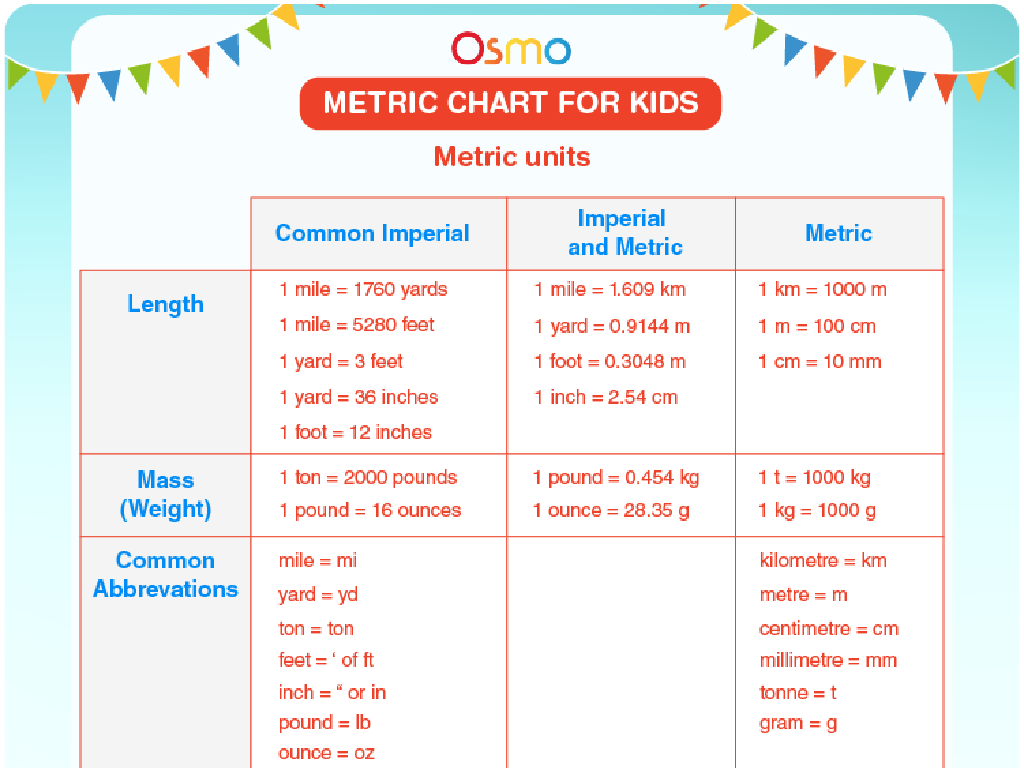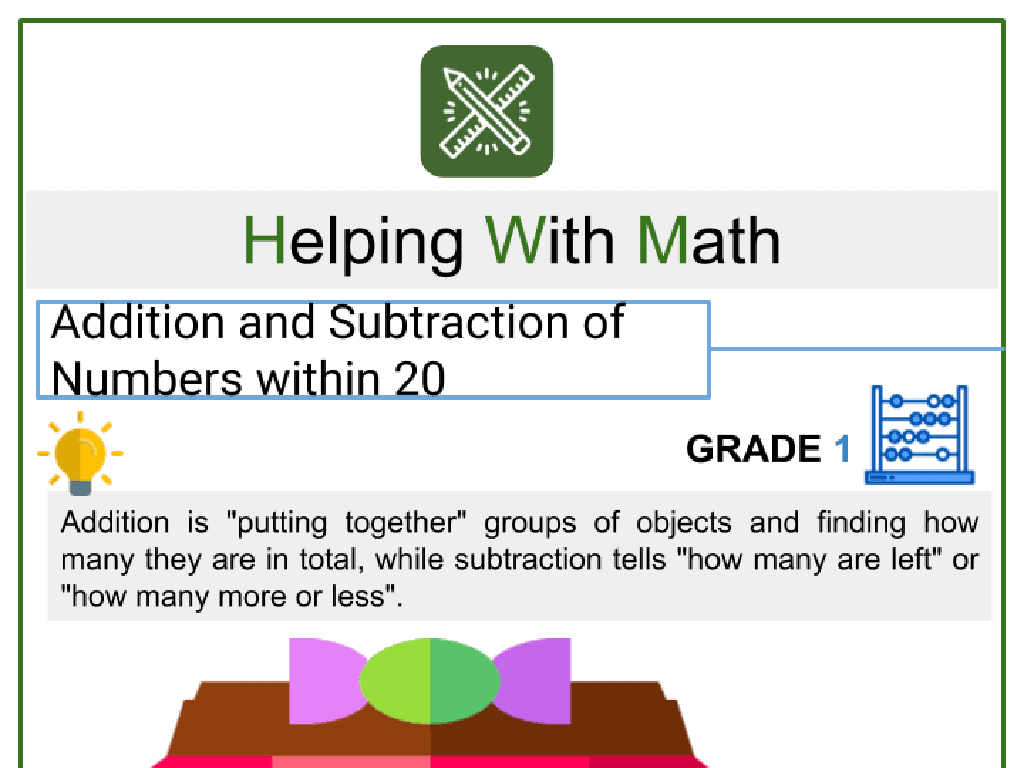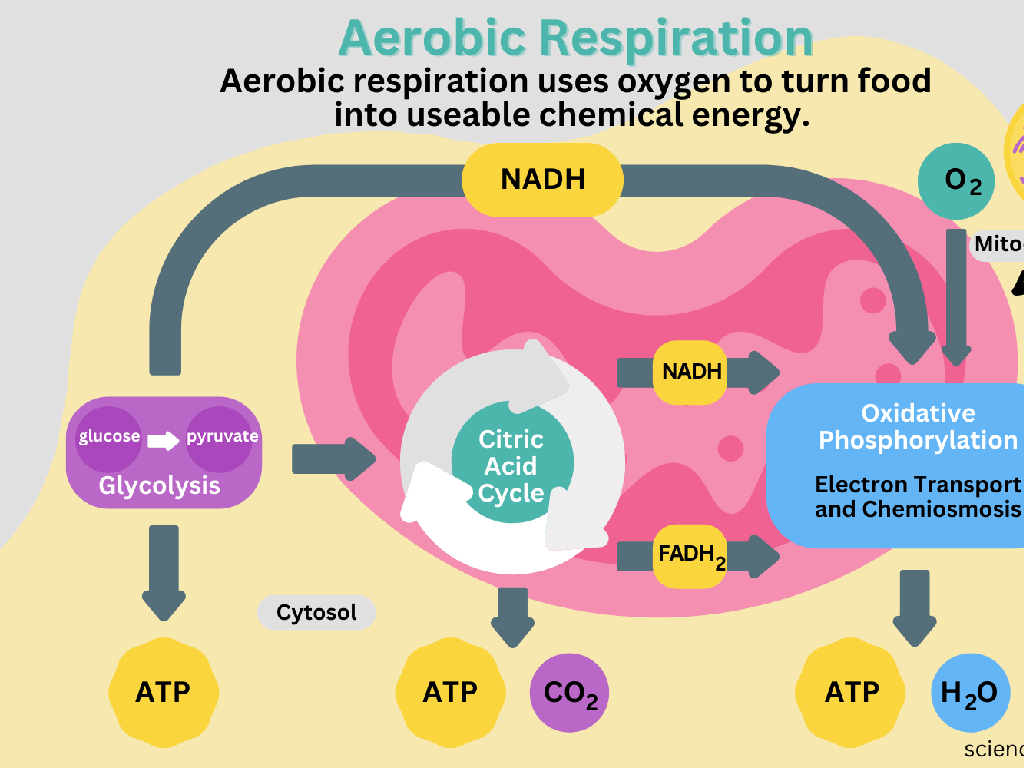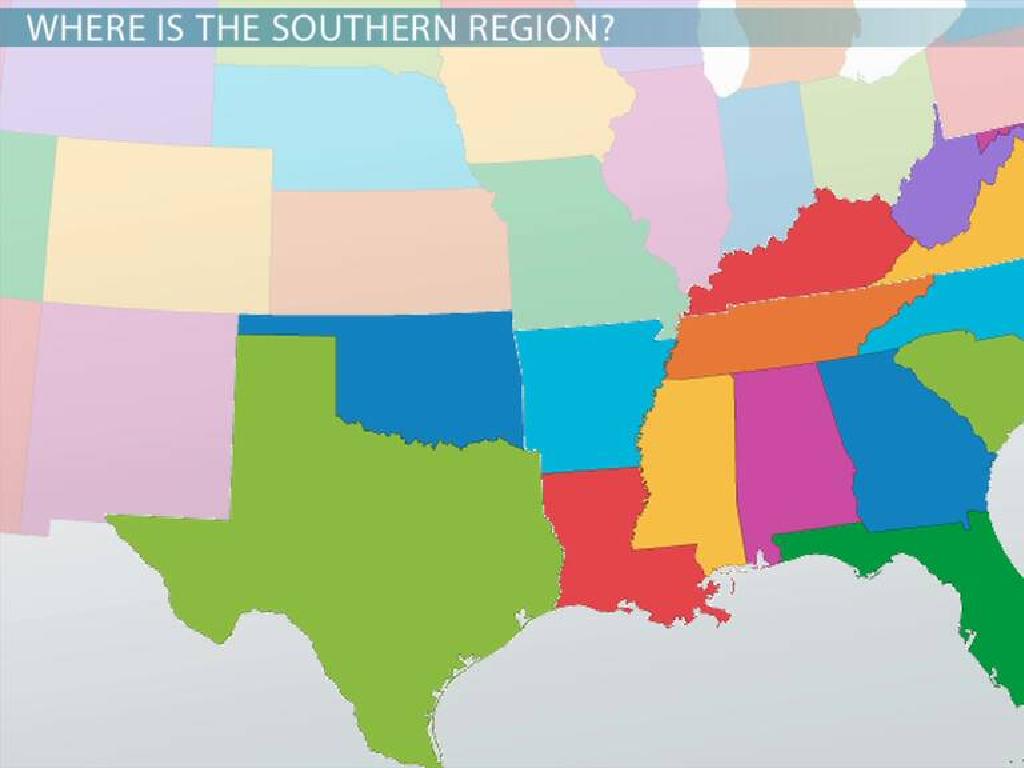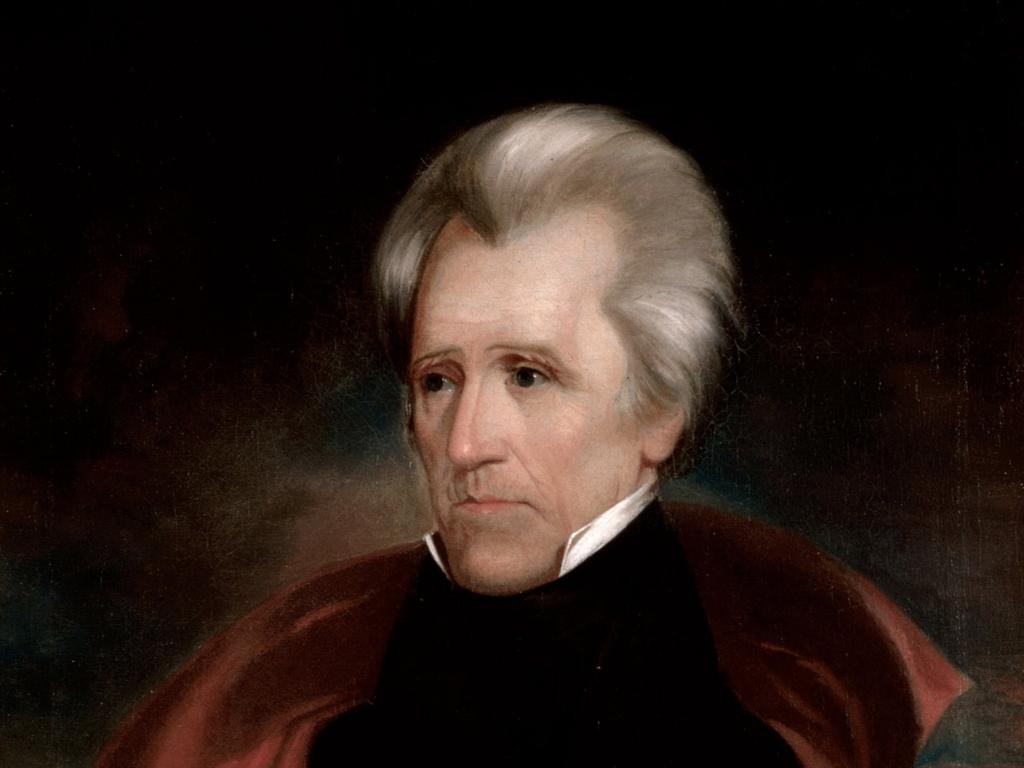Form Compound Words
Subject: Language arts
Grade: Second grade
Topic: Compound Words
Please LOG IN to download the presentation. Access is available to registered users only.
View More Content
Welcome to Compound Words!
– Greet and introduce today’s topic
– Define compound words
– Two words joined to make a new word
– Everyday compound word examples
– Examples: ‘sunflower’, ‘toothbrush’, ‘playground’
– Practice forming compound words
– We’ll create new words together in class
|
Begin the class with a warm welcome and an exciting introduction to the concept of compound words. Explain that compound words are formed when two words are combined to create a new word with its own meaning. Provide familiar examples that the students encounter in their daily lives to help them relate to the concept. Encourage the children to think of compound words they already know and use them in sentences. Later in the class, engage the students in an interactive activity where they can practice forming new compound words, either by drawing, using word cards, or writing them down. This will help solidify their understanding of the concept and how it’s used in language.
What Makes a Compound Word?
– Definition of compound words
– A word made by combining two words, e.g., ‘cupcake’
– Two words join to make a new word
– Like ‘pan’ and ‘cake’ join to become ‘pancake’
– Visual example: ‘sunflower’
– ‘sun’ and ‘flower’ combine to make ‘sunflower’
|
This slide introduces the concept of compound words to second graders. Begin by explaining that a compound word is formed when two smaller words are put together to make a new word with its own meaning. Emphasize that both words contribute to the meaning of the compound word. Use visual examples to help students understand the concept. For instance, show how ‘sun’ and ‘flower’ join to become ‘sunflower’, a type of flower. Encourage students to think of other examples and to visualize them combining to form new words. This will help solidify their understanding of compound words and how they are created.
Types of Compound Words
– Closed Compound Words
– Words joined together, like ‘notebook’ or ‘bedroom’
– Hyphenated Compound Words
– Words connected by a hyphen, like ‘mother-in-law’ or ‘check-in’
– Open Compound Words
– Words with a space in between, like ‘post office’ or ‘full moon’
|
This slide introduces the concept of compound words to second-grade students. Compound words are formed when two or more words are combined to create a new word with a different meaning. There are three types of compound words: closed, hyphenated, and open. Closed compound words are two words combined without space, such as ‘notebook’ and ‘bedroom.’ Hyphenated compound words are joined by a hyphen, like ‘mother-in-law’ and ‘check-in.’ Open compound words appear as separate words, such as ‘post office’ and ‘full moon.’ Encourage students to think of other examples and discuss how the meaning of the compound word is related to its individual words. This understanding will help them expand their vocabulary and improve their reading comprehension.
Creating Our Own Compound Words
– Let’s create new words together!
– Combine words from two lists
– Pick one word from List A and one from List B
– Form new compound words
– A compound word is made when two words are joined to form a new word
– Discuss the meanings of our new words
– What does each compound word mean? How does it relate to the original words?
|
This slide is designed to engage second-grade students in an interactive activity where they will learn about compound words by creating them. Start by explaining that a compound word is formed when two smaller words are combined to create a new word with its own meaning. Provide two lists of words and instruct the students to choose one word from each list to combine into a compound word. Once they have created a list of compound words, facilitate a discussion on what each new word means and how it relates to the original words. This activity will help students understand how compound words are formed and recognize them in their reading.
Compound Word Match Game
– Engage in an interactive game
– Match words to form compounds
– Combine two words from columns
– Discover meanings of compounds
– What does each compound word mean?
– Share your favorite compound word
– Tell us which one you like and why
|
This slide introduces an interactive class activity designed to help second-grade students understand and form compound words. The game involves matching words from two separate columns to create new compound words. For example, matching ‘sun’ and ‘flower’ to make ‘sunflower’. After forming a compound word, students will explain its meaning, reinforcing their comprehension. Encourage students to think creatively and discuss the logic behind the formation of compound words. As a follow-up, ask students to share their favorite compound word and explain why they like it. This activity will not only make learning fun but also enhance their vocabulary and understanding of how compound words work.
Compound Word Story Time
– Read a story as a class
– Find compound words together
– Look for words like ‘sunflower’ or ‘basketball’
– Discuss compound words’ role
– How do these words help the story?
– Understand the meaning they add
– Compound words can make descriptions clearer and reading more fun!
|
This slide introduces a class activity focused on understanding compound words through storytelling. Start by reading a short story appropriate for second graders, ensuring it contains several compound words. As you read, pause to identify and highlight the compound words. Engage the students by asking them to explain how each compound word is relevant to the story and what it contributes to the narrative. This activity helps students see how compound words can enhance descriptions and make the story more interesting. It also reinforces their understanding of how two words can join to form a new word with a unique meaning. Encourage students to think creatively and come up with their own compound words related to the story.
Class Activity: Compound Word Creators!
– Pair up and list compound words
– Use magazines, newspapers, or word cards
– Look for two words that form a new meaning when put together
– Choose favorite compound words
– Pick the ones you think are the most interesting or fun
– Share with the class
– Discuss why you liked them and what they mean
|
This activity is designed to help students understand and create compound words through a fun and interactive exercise. By working in pairs, students can collaborate and help each other identify compound words from various print materials. Encourage them to look for words that, when combined, create a new word with a different meaning. After they have created their list, ask them to pick their favorites and think about why they chose those words. This will not only help with their understanding of compound words but also with their reasoning and explanation skills. During the sharing session, give each pair a chance to explain their choices to the class, which will foster public speaking and listening skills. Possible activities for different pairs could include creating compound word posters, writing stories using their compound words, or even illustrating their favorite compound words.
Compound Words: Review and Practice
– Review compound word basics
– Remember, compound words are two words put together to make a new one, like ‘sunflower’.
– Complete the compound word worksheet
– Match words to form compounds or use pictures as clues on your worksheet.
– Share your worksheet answers
– Understand compound words better
– This practice will help reinforce how to form and recognize compound words.
|
This slide is aimed at reinforcing the students’ understanding of compound words through a quick review and a worksheet activity. Begin by revisiting the concept of compound words, ensuring that students recall that they are formed by combining two separate words. Distribute worksheets that require students to either match words to create compound words or use visual aids to identify them. After completing the worksheet, students should be prepared to share their answers with the class, which will help in assessing their understanding and provide an opportunity for peer learning. The activity should be interactive and engaging, allowing students to solidify their grasp of compound words.
Compound Words: Wrap-Up and Homework
– Recap on compound words
– Remember, compound words are two words put together to make a new one!
– Homework: Find 5 compound words
– Look around your house for compound words like ‘toothpaste’ or ‘bedroom’.
– Write sentences with each word
– Use your compound words in creative sentences.
– Have fun and be creative!
|
As we conclude today’s lesson, remind the students about the concept of compound words and how they are formed by combining two words to create a new meaning. For homework, encourage the students to be detectives in their own homes, searching for compound words they can find in everyday objects and spaces. They should then write sentences using those words, which will help reinforce their understanding and allow them to practice their writing skills. Encourage creativity and fun in this task, perhaps suggesting they could write a short story or draw a picture to go with their sentences. This will make the learning process enjoyable and memorable.

